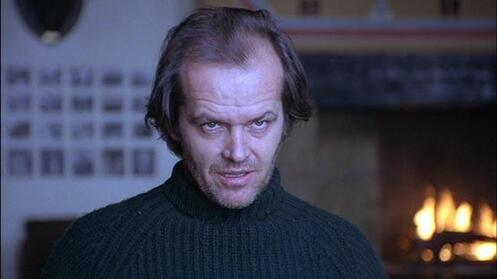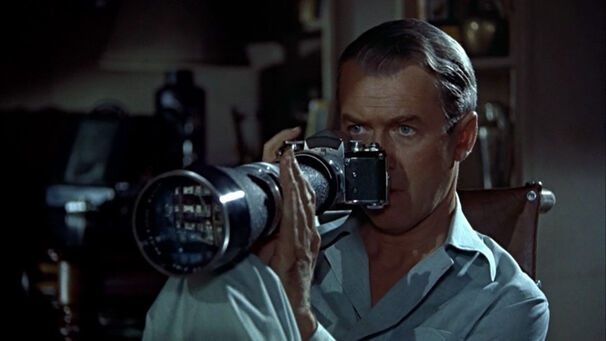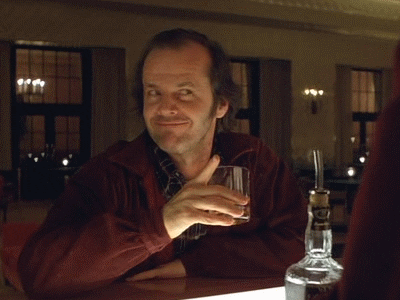 Horror fans of all kinds understand the genre as a kind of entertainment because the themes and characters offer up a form of escapism through thrills, tension, and even laughs. However, the films we love so much go far beyond their outside layer of blood, screams, and terror because horror films provide (even if we deny it) a subtext which delves into deeper fears... ...Understandably, the genre follows certain fads as different themes rise and fall in popularity. Also, whether consciously or not, the most common type of horror usually reflects the nation’s (or the world’s) largest fears at the time. Universal’s black and white monster films focused on the unholy “other” or outsider which demonstrated the religious hold over America at the time, and thus anyone who strayed from the Christian faith became synonymous with being un-American or even dangerous. During the Vietnam War, films featured more realistic killers as audiences’ homes became inundated with images from the war, so the movies needed to reflect the terrors the average person was already witnessing on a daily basis. Consequently, the slasher genre emerged with the quick stabs of Norman Bates and would hold a steady pace throughout the 80s. And after the attacks on 9/11, the horror genre turned to rely heavily on misery and torture with such franchises as Saw and Final Destination. Now, in the midst of a life-altering global pandemic, I think it is safe to say our current style of existence will not only shape history and our memories, but the horror genre as well. That is not to say we can expect horrible situations during the quarantine, but our current events will enter the public consciousness as ideas, which the lens of film often plays on. Real world encounters will spark ideas, which in turn will create storylines far more sinister than what we would experience in real life. As containment and isolation becomes the new norm, in the years and even decades proceeding the quarantine, we can expect to see more and more films relying on social separation, forced proximity, and agoraphobia as means to instill dread and unease in the viewers. One possible creative point which might appear in future films revolves around the narrative techniques required to bring people together in a situation where social-distancing becomes mandatory. The feelings of isolation and aloneness create a significant amount of anxiety in numerous movie-goers, but filmmakers will need to stretch their imagination muscles to keep horror movies from becoming the scary version of Castaway. However, what else can we expect from isolation horror? Other than being alone with our thoughts and anything that goes bump in the night, what else can directors do to make us jump? Perhaps the use of technology and social media in such films as Unfriended and its sequel will see a resurgence. Especially with the low budget requirements and lack of face-to-face filming options, we can expect to see a rise in found footage-esque films relying on group-chats and online messengers. Another possible subgenre arising from the quarantine will focus on the forced proximity families all over the world now experience. Adults, now required to work from home or unfortunately hold no job at all, must share a small space with their children. Throw in a storm to take out the power and remove any distraction supplied by Netflix (or Shudder) and you got yourself a horror movie. Think The Shining but in closer proximity. No way to escape loved ones and not a moment of privacy to be found. The tension we experience at home will not manifest into actual derangement, but on the big-screen it’s only a matter of time before spouses turn on each other, parents kill kids, and kids attack their parents. Even without resorting to a murderous rampage, the film could take a psychological approach and focus on the slow dismantling of a stressed member of the family because they (like so many of us) need some alone time to decompress and breathe. Finally, we all wait for the day when the quarantine will be lifted and we can all return to our previous lives, but the normal may no longer exist for some. The use of agoraphobia could play a huge role in future horror movies because for at least a few months we became hard-wired to avoid and be wary of everything. The feeling of dread associated with leaving the house will remain strong in some. And the fear does not just include anxiety with locations, but other people as well. So, expect films along similar lines with Rear Window or the ubiquitous storyline “The Monsters are Due on Maple Street.” Distrust of neighbors and strangers could create quite a few Purge like entries in the isolation horror genre. Now, none of these methods of fear are new, but the claim I make is that we will see a rise in these types of films. Perhaps the initial wave of quarantine influenced horror will earn the label of “bad taste,” as some of these films will undoubtedly be done poorly. But, if a director crafts a story well, they can utilize the shared experience without feeling exploitative, and thus creating a more impactful film. So, as our time in isolation becomes a memory, horror films will find a way to recapture all the discomfort associated with this time period and flesh out our fears and imagination. By Amylou Ahava
0 Comments
Leave a Reply. |
Archives
March 2023
|


 RSS Feed
RSS Feed